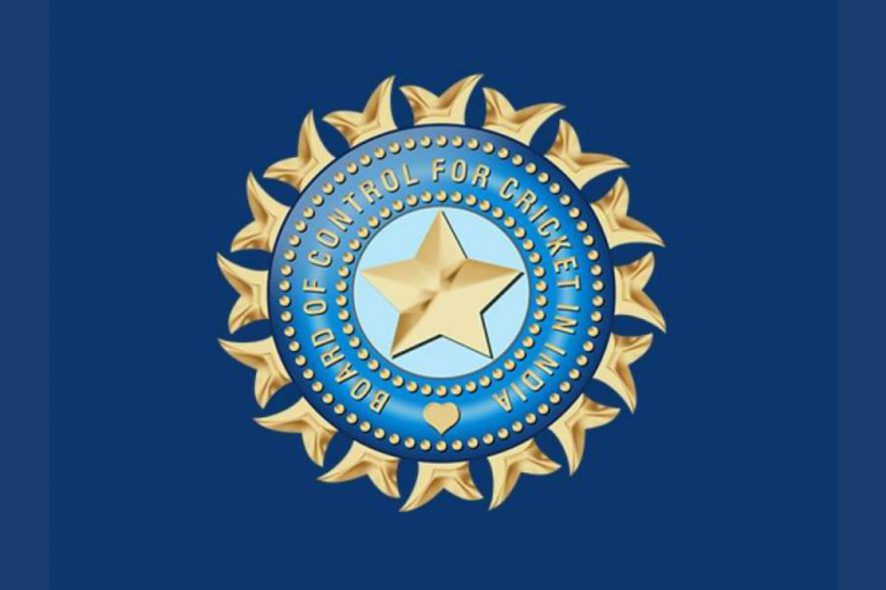Central Information Commission: In an order dated 16th June, 2017, the Central Information Commission has put certain queries to the Central government regarding the Board of Control for Cricket in India and its functioning. Major queries include the continued use of the logo designed by the British instead of the symbol of Union of India, failure to bring BCCI within the scope of Right to Information Act, non-uniformity for rewarding winning international sports persons, no effective actions against sports fraud and status of the bill to prevent sports fraud.
In BCCI v. Cricket Association of Bihar, (2015) 3 SCC 251, the Court observed that “the BCCI has not embraced the modern principles of open governance, which is all the more necessary when discharging such far reaching public functions.” Even the Lodha Committee recommended bringing BCCI under the purview of RTI Act as a public authority.
The Commission also recommended that the “Government of India may consider shifting the subject of sports from States List in the Constitution of India to the Concurrent List to facilitate a uniform policy and law on the sports bodies, National Sports Federations including BCCI to be accountable, answerable as public authorities under RTI Act.” [Subhash Chandra Agrawal v. PIO, Department of Sports, CIC/LS/C/2012/000565, Order dated 16.06.2017]








CIC making recommendations are certainly beyond its powers. These tribunals and commissions should function within the ambit of the statute under which they were created.
Isn’t the CIC exceeding its jurisdiction? The BCCI may be an “Authority” under Art. 226 or even a “state” under Art. 12 as per judgments passed by the HC & SC but it is definitely not a constitutional or a statutory authority and not even under the administrative control of the Union of India and as such cannot use the symbol of of the Union of India. Moreover, the CIC definitely does not have any statutory power to advise the Government on legislation.